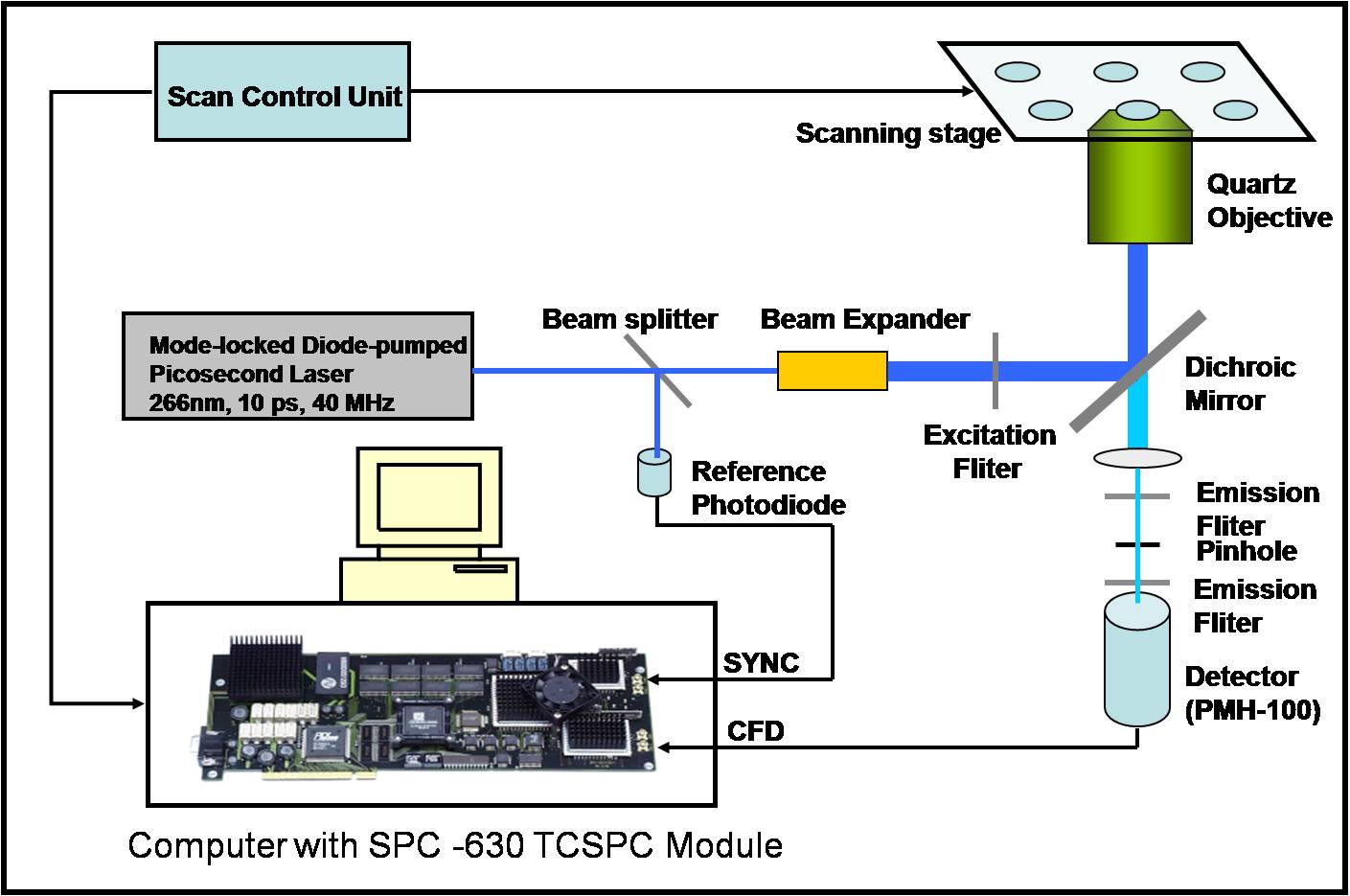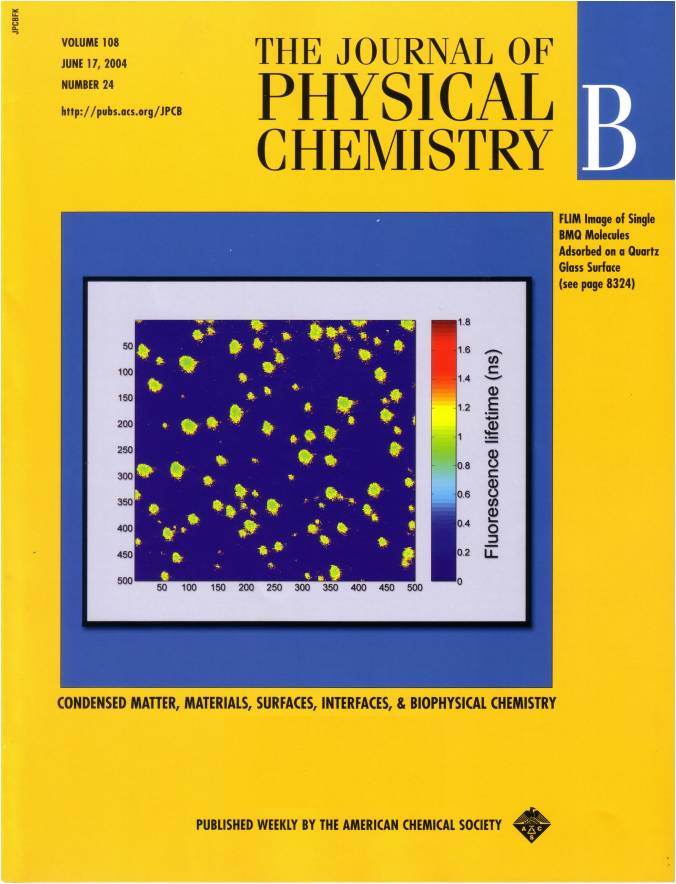.jpg)
.jpg)
(Head Pictures)
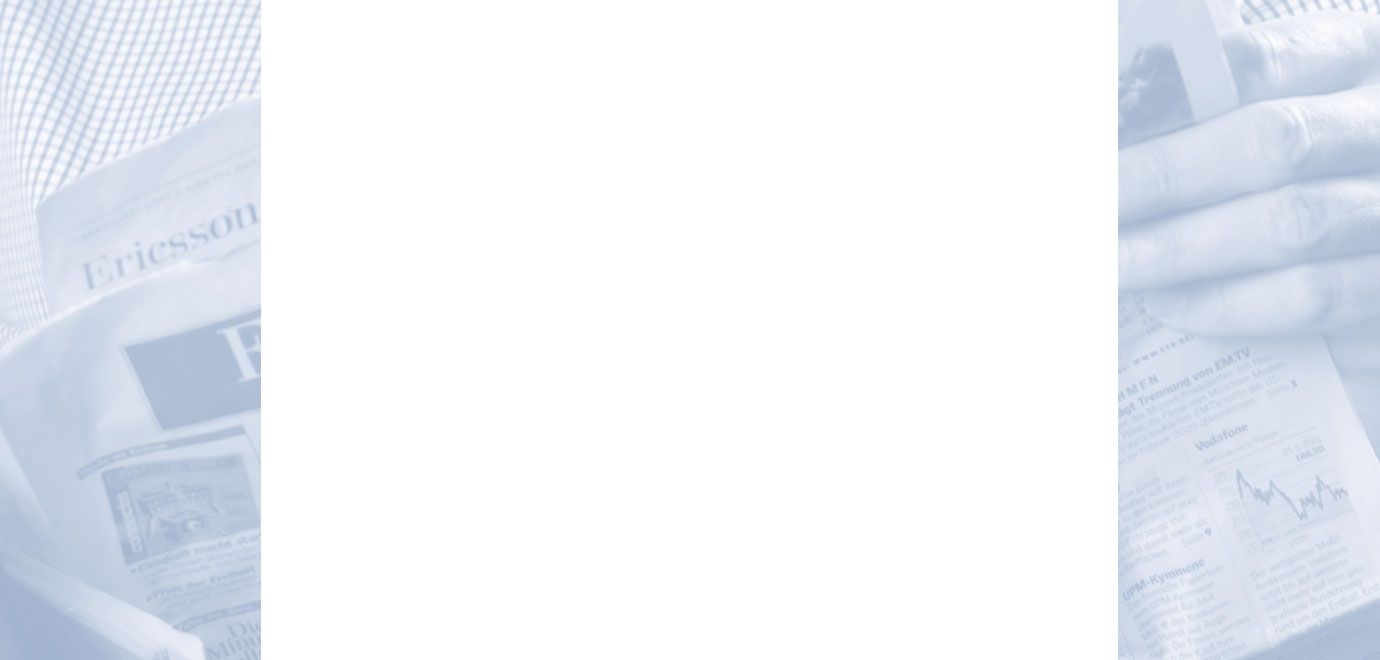
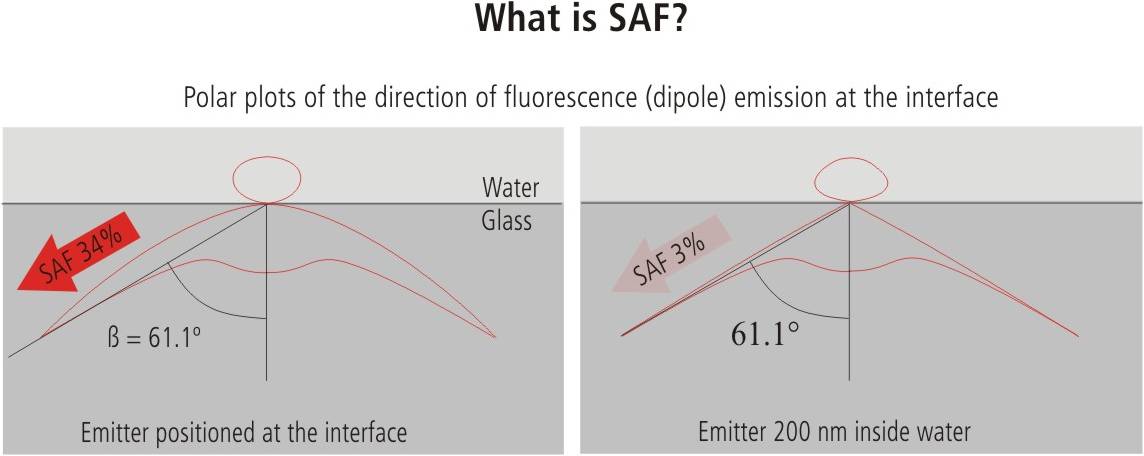
Ultrasensitive Spectroscopy
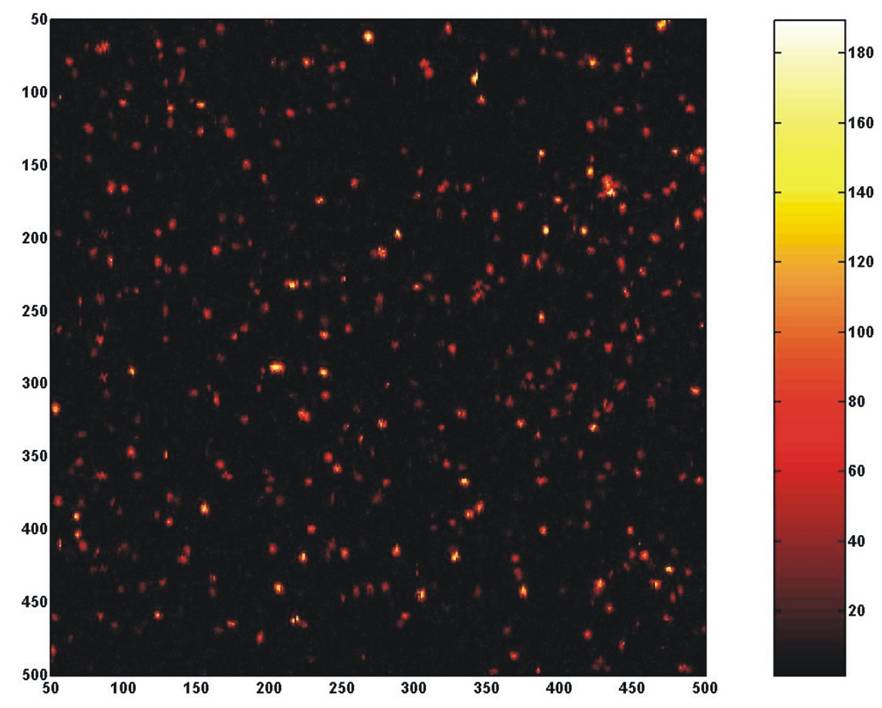
Starting more than ten years ago, we have developed and applied a sophisticated
method to measure selectively fluorescence generated by molecules close to
surfaces which is known as “Supercritical Angle Fluorescence”(SAF)-Spectroscopy.
Using this method, it s possible to detect fluorescence from a surface, even if
there are high concentrated solutions of fluorescent molecules present above
this surface. We could further develop this technique in two directions in the
past reporting period:
a)
We developed a simple, low-cost device for sensitive detection of molecules – in
particular during an affinity binding reaction. This device integrates the
parabolic element in a disposable, i.e. a simple injection molded device.
b)
We were able to expand the SAF system further to a two channel device. With this
device we are able to detect fluorescence out of two different detection volumes
simultaneously. Although the SAF detection volume is quite small, even down to
the attoliter range, the second one (a confocal detection volume) with an
average volume in the order of a few femtoliter. This allows imaging of
structures with an optical resolution down to 1 nm.
Deep-UV-Fluorescence Detection
In 2004 we
published a paper presenting for the first time single molecule detection in the
deep uv region of the electromagnetic spectrum. Using this instrument we were
able to demonstrate to detect proteins in different environments, e.g.
electrophoresis gels, with high sensitivity but without any tags. Presently, we
are developing this technique further, in particular to identify structural
changes and binding events between proteins without labels by detecting the
fluorescence decay time and FRET signals.
